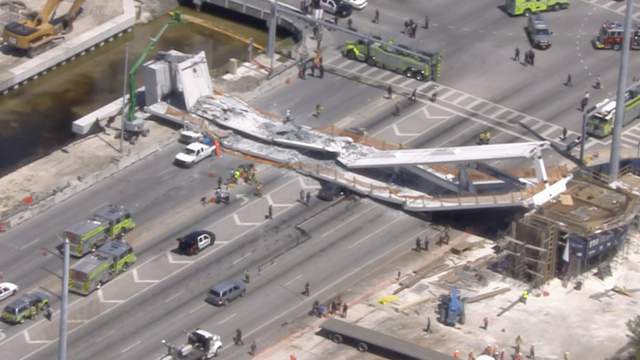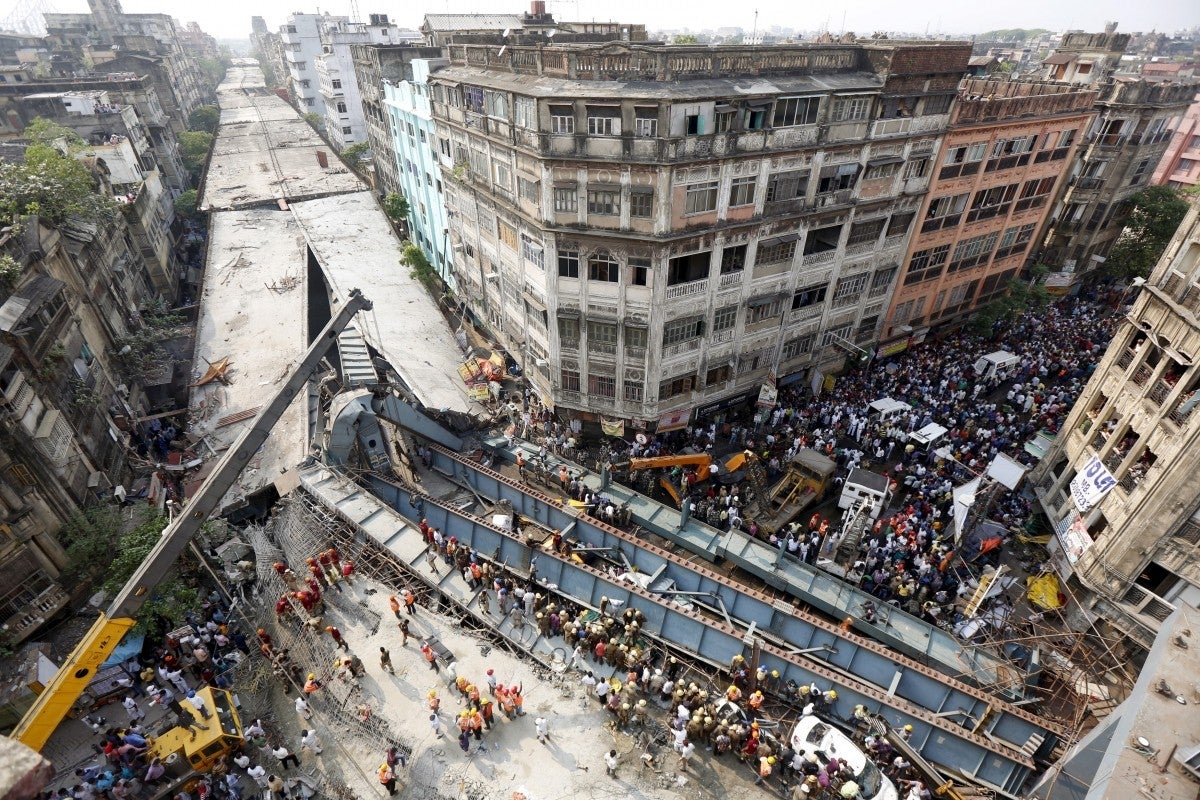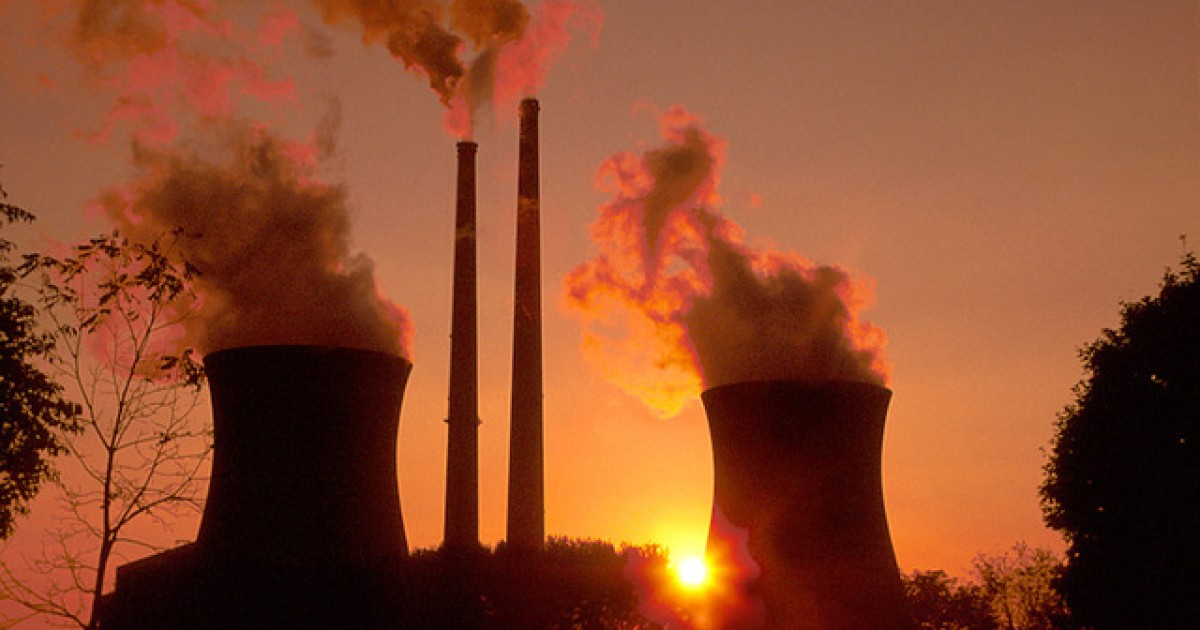Structural failure
Usually, structures fail due to natural causes or human error, or sometimes as a result of a combination of both. Essentially, every time you see buildings, bridges, scaffolding, oil rigs, or factories collapsing into rubbles, just presume one of two reasons caused the failure. But more often than not, when the failure is sudden or out of the blue, it’s pinned on human error. You shouldn’t be overworked if the reports of the investigation list the various examples of incompetence and omissions as the main reason for the disaster.
Structures failures can have deadly consequences. Today we’ll look at a few examples of the past 6 decades (many of them very tragic incidents). Most of these were actually avoidable, not meaning to scare anybody here, but as you follow along you may begin to ponder how many other structurally unsound buildings are still out there? Perhaps even some of you might have visited previously or Maybe one you are in right now. https://africa.businessinsider.com/strategy/11-of-the-biggest-structural-failures-in-history/4l9qrf7
FIU Pedestrian Bridge Collapse – March 2018.
In March 2018, a bridge connecting Florida International University (FIU) to University Park collapse suddenly during a scheduled post-tension rod adjustment. Despite the fact that traffic was diverted away from the bridge due to maintenance, the road beneath the bridge had busy traffic and about 6 people died and many others injured. Fundamental design flaws were cited as the main cause. The disaster inspection team headed by the Federal Highway Administration discovered that the designers of the bridge overestimated its load-bearing capacity, and it was concluded that the engineers failed to do their assignment and they were sued for reckless negligence in 2019 and the party involved agreed to pay $42 million to the victims as compensation.

Figure 1FIU Pedestrian Bridge Collapse – March 2018.
Apartment Building Collapse – (China Oct 2016)
About 22 people perished in Oct 2016 when 4-cramped, 6-story apartment buildings in Wenzhou, China collapsed into dust. The building was structurally unstable and overcrowded. Where It gets even more heartening, the Chinese government knew well beforehand the dangers posed by such weak and dilapidated structures, poorly constructed and yet currently occupied by low-income migrant factory workers. As a matter of fact, the Chinese government wanted to demolish and rebuild, but the locals resisted by refusing to move for nearly two years at the time the disaster struck. They set their demands too high for an agreement to be reached. Miraclesouly, while volunteers and state workers dug through the rubble for survivors, a little 3-year-old girl was rescued alive near the bodies of her parents.https://gotinoconstruction.com/house-building-tips/
Figure 2Apartment Building Collapse – (China Oct 2016)
Kolkata Road Flyover Collapse (March 2016).
The fact that the 2.2km bridge was still incomplete 10yrs after the scheduled deadline is self-evident that all was not right from the onset of the Kolkata, India’s Vivekananda Road flyover. According to evidence on file, the increasing costs caused the contractor to unreasonably keep extending its completion deadline over and over until the Chief Minister of West Bengal (Mamata Banerjee), had enough of the excuses and gave the contractor (IVRCL) a final 18-month deadline and $23 million to just have it done. But, to the surprise of many only 60% of the work was finished by the new deadline (feb2016) and the IVRCL was already drowning in debts, which resulted in inevitable take over the banks and the company banned from doing business in many Indian states. On a fateful day March 30, 2016, concrete was laid on parts of the bridge. The following day, a section of the steel bridge collapsed, taking the lives of 50 pedestrians beneath it and injuring at least the same number again. There were over ninety survivors rescued from the rubble, but nearly a hundred more unaccounted for. A day later, 5 top IVRCL executives were arrested and charged with murder.

Figure 3Kolkata Road Flyover Collapse (March 2016).
Mecca Crane Accident (September 2015).
Generally, there is no good timing for a structural failure to happen, but it gets much worst by the presence of many people within the collapsing structure. This was exactly what happened on September 11, 2015, where a crane tipped over into the Grand Mosque in Mecca, just before the massive Hajj pilgrimage causing about 111 fatalities. The lives of 25 Bangladeshi, 23 Egyptian nationals, and citizens from ten other nationalities were lost that day. About 394 injuries were recorded (among them were 51 Pakistanis and 42 Indonesian). What makes this particular incident more painful is the fact that it was undertaken to actually save lives basing on previous disasters of a similar kind. Many people have been killed in the recent past largely due to the major incidents during the Hajj. The crane at fault this time was only brought in an effort to update Mecca’s architectural infrastructure to accommodate more people and avoid human stampede as it is usually witnessed at the event.

Figure 4Mecca Crane Accident (September 2015).
Savar Building Collapse (April 2013).
Over three thousand (3,122) workers were inside the SavarUpazilla garment factory (in Bangladesh’s Dhaka district) when it collapsed shortly after backup power-generators were engaged on the upper floor as a result of a power outage on April 24, 2013. The situation was made worse by the miscommunication or disinformation that spread throughout the rescue effort. First, Bangladesh authorities rejected assistance from the UN’s urban search and rescue arm, the International Search and Rescue Advisory Group(INSARAG), after the same organization had previously concluded in the days leading up to the disaster, that Bangladesh was ill-equipped to handle an effective rescue operation on its own. Apparently, saving face or proving a point after the ruling, was more important to the government than the lives of over 3000 citizens who by the way were already under immediate danger. Even from the many willingful volunteers their lack safety gear unnecessarily endangered both their lives and the lives of survivors under the rubbles. Over 1,134 perished making the Rana Plaza collapse the deadliest garment factory disaster, and probably the deadliest structural failure, in human history. More than 50% of the victims were women, and the building also had nursery/daycare facilities with many children enrolled.

Figure 5Savar Building Collapse (April 2013).
Rio De Janeiro 3 Buildings Collapse – January 2012.
The January 2012 disaster, involving three side-by-side commercial buildings, unfolded almost gradually. At about 8:33 p.m., building 2, which consisted of twenty-three stories, began leaning towards building 3 (which was 6 stories) on the opposite side of R. Vieira Fazenda Street. The eastward shift of building 2 pulled the slightly smaller building 1 (twenty-two stories), according to the investigation building 1 & 2 were structurally connected/attached, as 2 went down it literally dragged building 1 along with it, causing it to collapse first when its support columns snapped under the lateral pressure. Building 2’s collapse was ongoing and more gradual; it stayed structurally intact long enough to dump heavy amounts of debris onto the roof of the much smaller building 3, causing its collapse, before building two finally gave in and fell apart. All in all, 17 people were killed and investigators later determined that building two, which kickstarted the disaster, had begun to fall apart due to being structurally unsound at a fundamental level. Thing is, it had no construction permits whatsoever inside, so any of the recent construction that it had endured (likely contributing to its condition) had violated local building codes.

Figure 6Rio De Janeiro 3 Buildings Collapse – January 2012.
Deepwater Horizon – April 2010
Deepwater Horizon, a subsidiary of British Petroleum near Louisiana, burnt out in flames in April 2010 in a very rapid fashion. Highly-pressurized methane gas, from the underneath of the exploratory well in which Horizon was digging for oil, rising rapidly upwards into the marine riser and through to the drilling rig, where it ignited and exploded and destroyed the entire station, sinking the platform, leaving 11 workers dead and 17 severely injured. The explosion also caused one of the largest accidental oil spills in recent memory, dumping over 5millions barrels of crude oil into the Gulf of Mexico within just three months (1,736,000 barrels per month). By the time it was contained, it had caused irreversible damage to marine life and the surrounding areas, (primarily Louisiana), and to BP’s reputation.

Figure 7Deepwater Horizon – April 2010
Willow Island Accident – April 1978
In 1978, West Virginia’s Pleasants PowerStation was getting a second cooling tower, which was an expansion project of the coal power plant along R. Ohio. The construction firm (Research-Cottrell) from New Jersey known for building these towers nationwide, was contracted to do the job. But instead of using the standard method of tower construction for the project (which meant building/fixing the scaffold on the ground and continuously raising it up separately with the rising cooling tower), the engineers decided to insert or mount the scaffolds to the tower itself and building both as they went up. The unexpected happened on the morning of April27, just when the tower reached 166 ft, the crane cable carrying a bucket of concrete snapped/loosened and pulled the crane itself towards the inside of the tower, damaging the previous days’ concrete placement and causing it to collapse. This ultimately triggered a catastrophic chain reaction in which the concrete of the tower began to peel away, unwinding the tower and pulling the scaffold, and all 51 men working on it at the time, down into the tower. There were no survivors, making it one of the deadliest construction disasters.
Figure 8Willow Island Accident – April 1978



